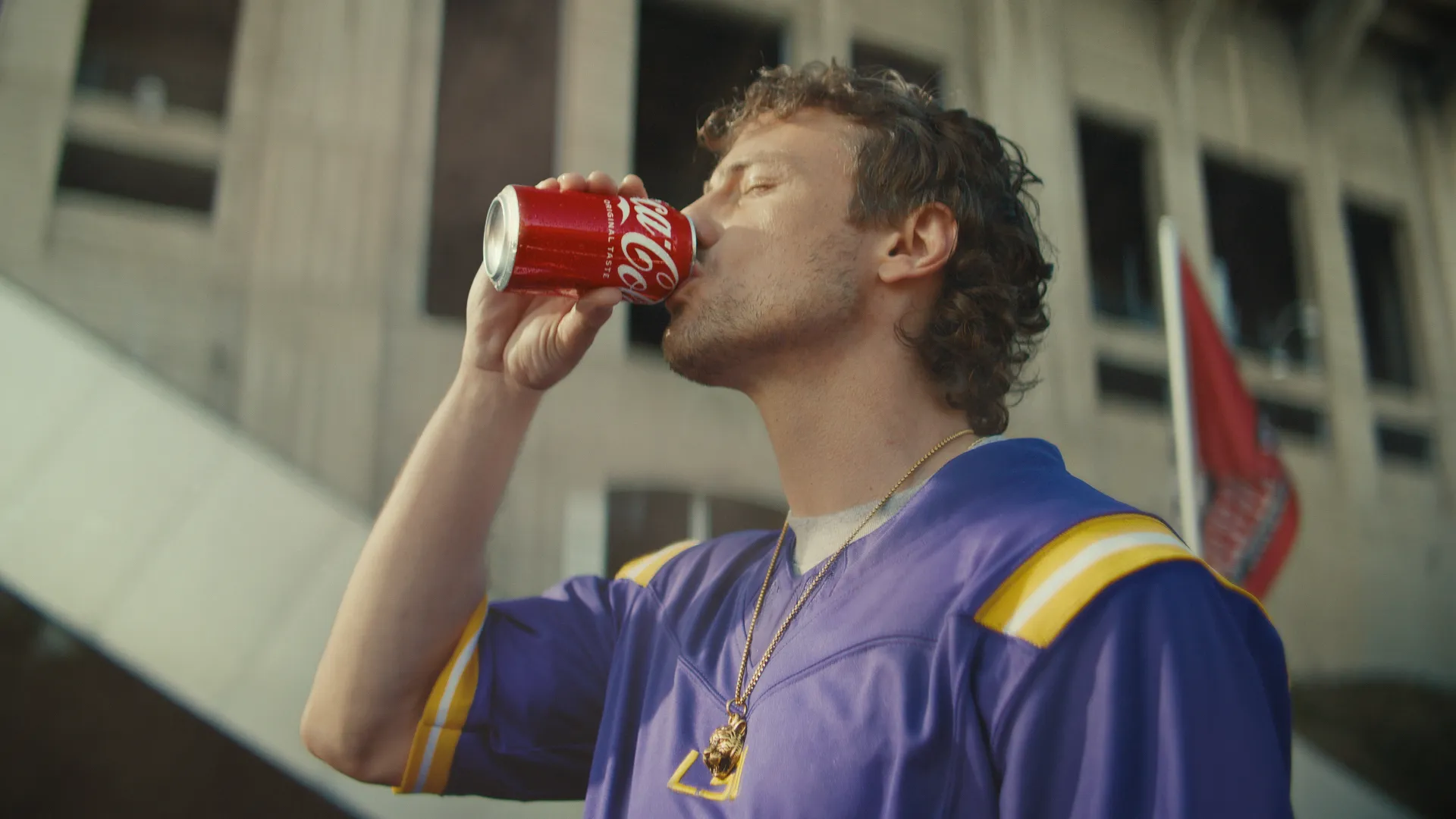Global intangible brand value hits record level at $97.6 trillion, says annual GIFT™ report
17 Nov 2025





Author
Martin Croft
PR & Communications Manager
Photo by Towfiqu barbhuiya on Unsplash
In 2025, the value of intangible assets owned by the world’s largest companies hit $97.6 trillion, according to brand valuation specialists Brand Finance’s Global Intangible Finance Tracker (GIFT™) report.
The 2025 figure represents a 23% increase from 2024, and is at the highest level since Brand Finance began tracking it in 1996.
Brand Finance’s methodology relies on the enterprise value of firms to determine implied intangible asset value, because most intangible asset value is not reported by the owner companies. This lack of reporting is why 83% of estimated total global intangible asset value is unaccounted for in company financial reports.
Every year, the GIFT report tracks the value of the world’s largest companies by intangible asset value. Intangible assets are identifiable, non-monetary assets without physical substance.
Intangible assets groups intangibles into three broad categories: rights (including leases, agreements, contracts), relationships (including a trained workforce), and intellectual property (including brands, patents, copyrights).
On a national level, the US has overtaken Denmark to become the most intangible country market in the world for the first time since 2021. The total intangible value of the US market stands at 78%, while Denmark’s intangibility has dropped from 82% in 2024 to 67% in 2025.
Denmark’s decline has been largely driven by Danish pharmaceutical company Novo Nordisk, which saw its intangible value contracting 67%, compounded by leadership changes and wider policy measures weighing on the overall sector. The Novo Nordisk case also highlights how high levels of undisclosed intangible value can leave companies or investors vulnerable to significant share value loss when key information, like patent- or brand-related factors, is unknown.
Data from Brand Finance reveals that NVIDIA has become the company with the highest intangible value globally, increasing 50% to $4.3 trillion. Moreover, eight of the world’s top 10 companies with the highest intangible value are based in the US, with Microsoft, Apple, Amazon, and Alphabet ranked second through fifth for intangible value.
Annie Brown, Valuation Director at Brand Finance commented:
“Record-high global intangible asset value in 2025 underscores the accelerating role of innovation, driving greater investment in intellectual property, data, and brands. That said, notable drops across several sectors like pharma and oil & gas highlight the volatility faced when investing in firms with high intangible exposure. This serves as a reminder that businesses should pay active attention to their intangible assets – among the most powerful drivers of commercial outcomes.”
Brand Finance warns that investor perceptions around company competitiveness can be highly damaging, particularly where other companies capture market share quicker than expected. In Novo Nordisk’s case, the perceived brand “moat” around Ozempic, the dominant brand name in the weight-loss drug market, proved weaker than expected. Combined with patents and a development pipeline that fell short of earlier expectations, this erosion of competitive advantage contributed to the company’s decline in intangibility.
According to Brand Finance data, the pharma sector recorded the largest decline in absolute terms, with intangible value falling 8% to $6.5 trillion and six of the top 10 most intangible pharma companies recording declines in intangible value. Alongside Novo Nordisk, Eli Lilly saw a 20% decrease in intangible value. The broader struggles for the pharma sector were further impacted by policy pressures from the Trump administration, particularly its efforts to lower drug prices, which have weakened forecasts across the industry.
Photo by Towfiqu barbhuiya on Unsplash
In 2025, the value of intangible assets owned by the world’s largest companies hit $97.6 trillion, according to brand valuation specialists Brand Finance’s Global Intangible Finance Tracker (GIFT™) report.
The 2025 figure represents a 23% increase from 2024, and is at the highest level since Brand Finance began tracking it in 1996.
Brand Finance’s methodology relies on the enterprise value of firms to determine implied intangible asset value, because most intangible asset value is not reported by the owner companies. This lack of reporting is why 83% of estimated total global intangible asset value is unaccounted for in company financial reports.
Every year, the GIFT report tracks the value of the world’s largest companies by intangible asset value. Intangible assets are identifiable, non-monetary assets without physical substance.
Intangible assets groups intangibles into three broad categories: rights (including leases, agreements, contracts), relationships (including a trained workforce), and intellectual property (including brands, patents, copyrights).
On a national level, the US has overtaken Denmark to become the most intangible country market in the world for the first time since 2021. The total intangible value of the US market stands at 78%, while Denmark’s intangibility has dropped from 82% in 2024 to 67% in 2025.
Denmark’s decline has been largely driven by Danish pharmaceutical company Novo Nordisk, which saw its intangible value contracting 67%, compounded by leadership changes and wider policy measures weighing on the overall sector. The Novo Nordisk case also highlights how high levels of undisclosed intangible value can leave companies or investors vulnerable to significant share value loss when key information, like patent- or brand-related factors, is unknown.
Data from Brand Finance reveals that NVIDIA has become the company with the highest intangible value globally, increasing 50% to $4.3 trillion. Moreover, eight of the world’s top 10 companies with the highest intangible value are based in the US, with Microsoft, Apple, Amazon, and Alphabet ranked second through fifth for intangible value.
Annie Brown, Valuation Director at Brand Finance commented:
“Record-high global intangible asset value in 2025 underscores the accelerating role of innovation, driving greater investment in intellectual property, data, and brands. That said, notable drops across several sectors like pharma and oil & gas highlight the volatility faced when investing in firms with high intangible exposure. This serves as a reminder that businesses should pay active attention to their intangible assets – among the most powerful drivers of commercial outcomes.”
Brand Finance warns that investor perceptions around company competitiveness can be highly damaging, particularly where other companies capture market share quicker than expected. In Novo Nordisk’s case, the perceived brand “moat” around Ozempic, the dominant brand name in the weight-loss drug market, proved weaker than expected. Combined with patents and a development pipeline that fell short of earlier expectations, this erosion of competitive advantage contributed to the company’s decline in intangibility.
According to Brand Finance data, the pharma sector recorded the largest decline in absolute terms, with intangible value falling 8% to $6.5 trillion and six of the top 10 most intangible pharma companies recording declines in intangible value. Alongside Novo Nordisk, Eli Lilly saw a 20% decrease in intangible value. The broader struggles for the pharma sector were further impacted by policy pressures from the Trump administration, particularly its efforts to lower drug prices, which have weakened forecasts across the industry.
Photo by Towfiqu barbhuiya on Unsplash
In 2025, the value of intangible assets owned by the world’s largest companies hit $97.6 trillion, according to brand valuation specialists Brand Finance’s Global Intangible Finance Tracker (GIFT™) report.
The 2025 figure represents a 23% increase from 2024, and is at the highest level since Brand Finance began tracking it in 1996.
Brand Finance’s methodology relies on the enterprise value of firms to determine implied intangible asset value, because most intangible asset value is not reported by the owner companies. This lack of reporting is why 83% of estimated total global intangible asset value is unaccounted for in company financial reports.
Every year, the GIFT report tracks the value of the world’s largest companies by intangible asset value. Intangible assets are identifiable, non-monetary assets without physical substance.
Intangible assets groups intangibles into three broad categories: rights (including leases, agreements, contracts), relationships (including a trained workforce), and intellectual property (including brands, patents, copyrights).
On a national level, the US has overtaken Denmark to become the most intangible country market in the world for the first time since 2021. The total intangible value of the US market stands at 78%, while Denmark’s intangibility has dropped from 82% in 2024 to 67% in 2025.
Denmark’s decline has been largely driven by Danish pharmaceutical company Novo Nordisk, which saw its intangible value contracting 67%, compounded by leadership changes and wider policy measures weighing on the overall sector. The Novo Nordisk case also highlights how high levels of undisclosed intangible value can leave companies or investors vulnerable to significant share value loss when key information, like patent- or brand-related factors, is unknown.
Data from Brand Finance reveals that NVIDIA has become the company with the highest intangible value globally, increasing 50% to $4.3 trillion. Moreover, eight of the world’s top 10 companies with the highest intangible value are based in the US, with Microsoft, Apple, Amazon, and Alphabet ranked second through fifth for intangible value.
Annie Brown, Valuation Director at Brand Finance commented:
“Record-high global intangible asset value in 2025 underscores the accelerating role of innovation, driving greater investment in intellectual property, data, and brands. That said, notable drops across several sectors like pharma and oil & gas highlight the volatility faced when investing in firms with high intangible exposure. This serves as a reminder that businesses should pay active attention to their intangible assets – among the most powerful drivers of commercial outcomes.”
Brand Finance warns that investor perceptions around company competitiveness can be highly damaging, particularly where other companies capture market share quicker than expected. In Novo Nordisk’s case, the perceived brand “moat” around Ozempic, the dominant brand name in the weight-loss drug market, proved weaker than expected. Combined with patents and a development pipeline that fell short of earlier expectations, this erosion of competitive advantage contributed to the company’s decline in intangibility.
According to Brand Finance data, the pharma sector recorded the largest decline in absolute terms, with intangible value falling 8% to $6.5 trillion and six of the top 10 most intangible pharma companies recording declines in intangible value. Alongside Novo Nordisk, Eli Lilly saw a 20% decrease in intangible value. The broader struggles for the pharma sector were further impacted by policy pressures from the Trump administration, particularly its efforts to lower drug prices, which have weakened forecasts across the industry.
Photo by Towfiqu barbhuiya on Unsplash
In 2025, the value of intangible assets owned by the world’s largest companies hit $97.6 trillion, according to brand valuation specialists Brand Finance’s Global Intangible Finance Tracker (GIFT™) report.
The 2025 figure represents a 23% increase from 2024, and is at the highest level since Brand Finance began tracking it in 1996.
Brand Finance’s methodology relies on the enterprise value of firms to determine implied intangible asset value, because most intangible asset value is not reported by the owner companies. This lack of reporting is why 83% of estimated total global intangible asset value is unaccounted for in company financial reports.
Every year, the GIFT report tracks the value of the world’s largest companies by intangible asset value. Intangible assets are identifiable, non-monetary assets without physical substance.
Intangible assets groups intangibles into three broad categories: rights (including leases, agreements, contracts), relationships (including a trained workforce), and intellectual property (including brands, patents, copyrights).
On a national level, the US has overtaken Denmark to become the most intangible country market in the world for the first time since 2021. The total intangible value of the US market stands at 78%, while Denmark’s intangibility has dropped from 82% in 2024 to 67% in 2025.
Denmark’s decline has been largely driven by Danish pharmaceutical company Novo Nordisk, which saw its intangible value contracting 67%, compounded by leadership changes and wider policy measures weighing on the overall sector. The Novo Nordisk case also highlights how high levels of undisclosed intangible value can leave companies or investors vulnerable to significant share value loss when key information, like patent- or brand-related factors, is unknown.
Data from Brand Finance reveals that NVIDIA has become the company with the highest intangible value globally, increasing 50% to $4.3 trillion. Moreover, eight of the world’s top 10 companies with the highest intangible value are based in the US, with Microsoft, Apple, Amazon, and Alphabet ranked second through fifth for intangible value.
Annie Brown, Valuation Director at Brand Finance commented:
“Record-high global intangible asset value in 2025 underscores the accelerating role of innovation, driving greater investment in intellectual property, data, and brands. That said, notable drops across several sectors like pharma and oil & gas highlight the volatility faced when investing in firms with high intangible exposure. This serves as a reminder that businesses should pay active attention to their intangible assets – among the most powerful drivers of commercial outcomes.”
Brand Finance warns that investor perceptions around company competitiveness can be highly damaging, particularly where other companies capture market share quicker than expected. In Novo Nordisk’s case, the perceived brand “moat” around Ozempic, the dominant brand name in the weight-loss drug market, proved weaker than expected. Combined with patents and a development pipeline that fell short of earlier expectations, this erosion of competitive advantage contributed to the company’s decline in intangibility.
According to Brand Finance data, the pharma sector recorded the largest decline in absolute terms, with intangible value falling 8% to $6.5 trillion and six of the top 10 most intangible pharma companies recording declines in intangible value. Alongside Novo Nordisk, Eli Lilly saw a 20% decrease in intangible value. The broader struggles for the pharma sector were further impacted by policy pressures from the Trump administration, particularly its efforts to lower drug prices, which have weakened forecasts across the industry.
Read Recent Articles
Inngot's online platform identifies all your intangible assets and demonstrates their value to lenders, investors, acquirers, licensees and stakeholders
Accreditations



Copyright © Inngot Limited 2019-2025. All rights reserved.
Inngot's online platform identifies all your intangible assets and demonstrates their value to lenders, investors, acquirers, licensees and stakeholders
Accreditations



Copyright © Inngot Limited 2019-2025. All rights reserved.
Inngot's online platform identifies all your intangible assets and demonstrates their value to lenders, investors, acquirers, licensees and stakeholders
Accreditations



Copyright © Inngot Limited 2019-2025. All rights reserved.
Inngot's online platform identifies all your intangible assets and demonstrates their value to lenders, investors, acquirers, licensees and stakeholders
Accreditations



Copyright © Inngot Limited 2019-2025. All rights reserved.




